The cause of bubbles in hand-brewed coffee is the steaming process of hand-brewed coffee important?
Professional coffee knowledge exchange more coffee bean information please follow the coffee workshop (Wechat official account cafe_style)
Guide reading
Watching the hot water slowly pour into the coffee powder layer, the coffee powder layer slowly forms a "hamburger-shaped" drum, the steaming process is always so healing. What role does "hamburger-like" steaming play in cooking? Will the amount of water injected during steaming affect the extraction of coffee? In this article, Qianjie tells you through experiments.
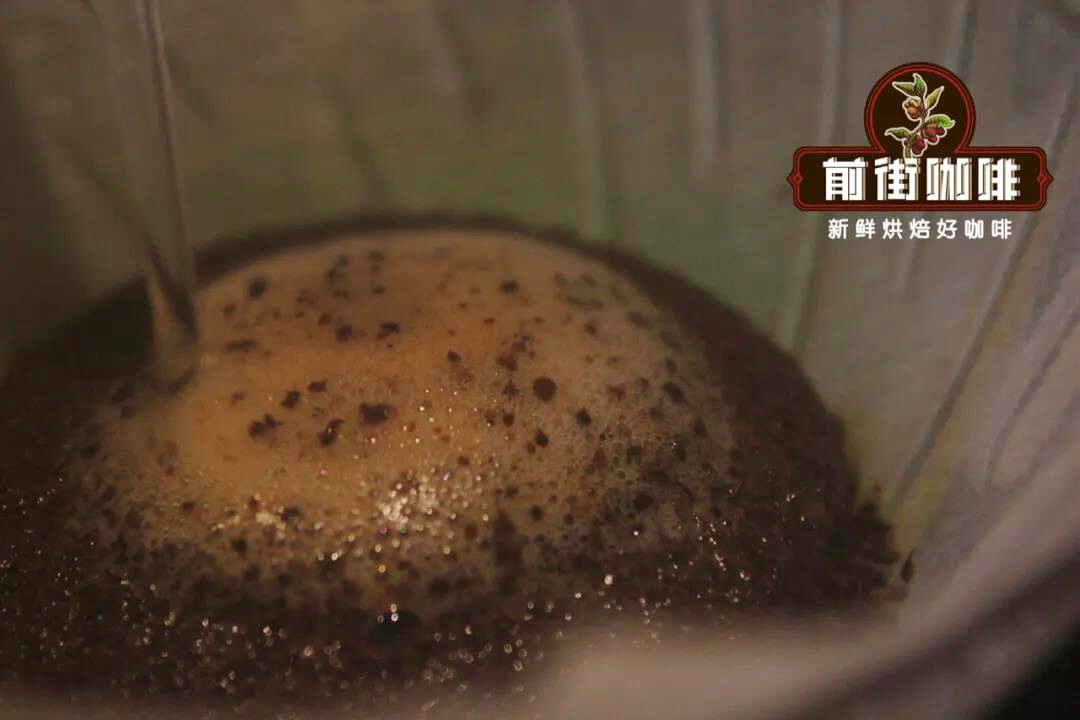
Is the purpose of steaming only to release carbon dioxide from coffee powder?
Freshly roasted coffee beans continue to release carbon dioxide a few weeks after baking. When fresh coffee beans are ground into powder, carbon dioxide emissions are accelerated, so when we inject water into the coffee powder layer, the gas produces a lot of foam in the water, which greatly increases the surface area of the coffee powder.
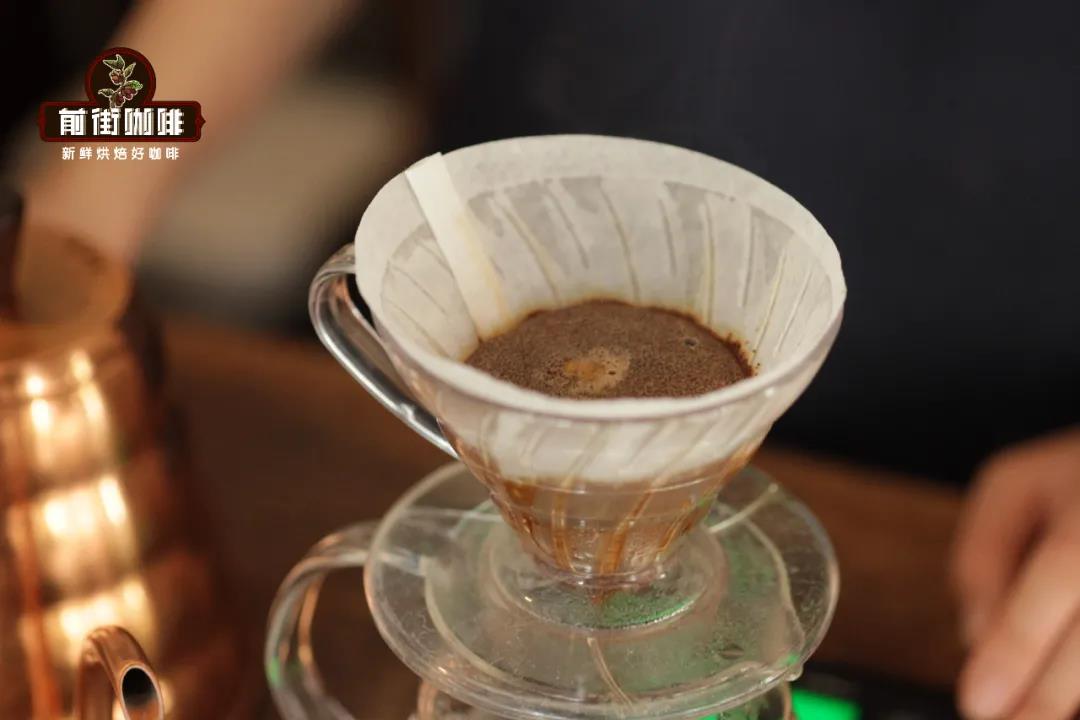
If it is not steamed, the foam will block the space between the coffee powder, change the flow channel, and easily cause uneven extraction. At the same time, carbon dioxide will block the contact between water and coffee flavor substances, if there is no steaming to remove carbon dioxide, the next stage of extraction, the release of carbon dioxide will affect the release of coffee aroma and oil.
Does steaming water have any effect on coffee extraction?
So since steaming releases carbon dioxide and also participates in the extraction of coffee flavor, will the amount of steaming really affect the whole coffee extraction process? This time, Qianjie will use a smart cup to reduce the experimental error caused by brewing, and look at steaming for 30 seconds with the same amount of coffee powder, 2 times the amount of water and 4 times the amount of water (open the piston). Then close the piston to 225g, soak the 2 powder for 30 seconds, open the piston and blend evenly with the coffee liquid extracted during steaming.
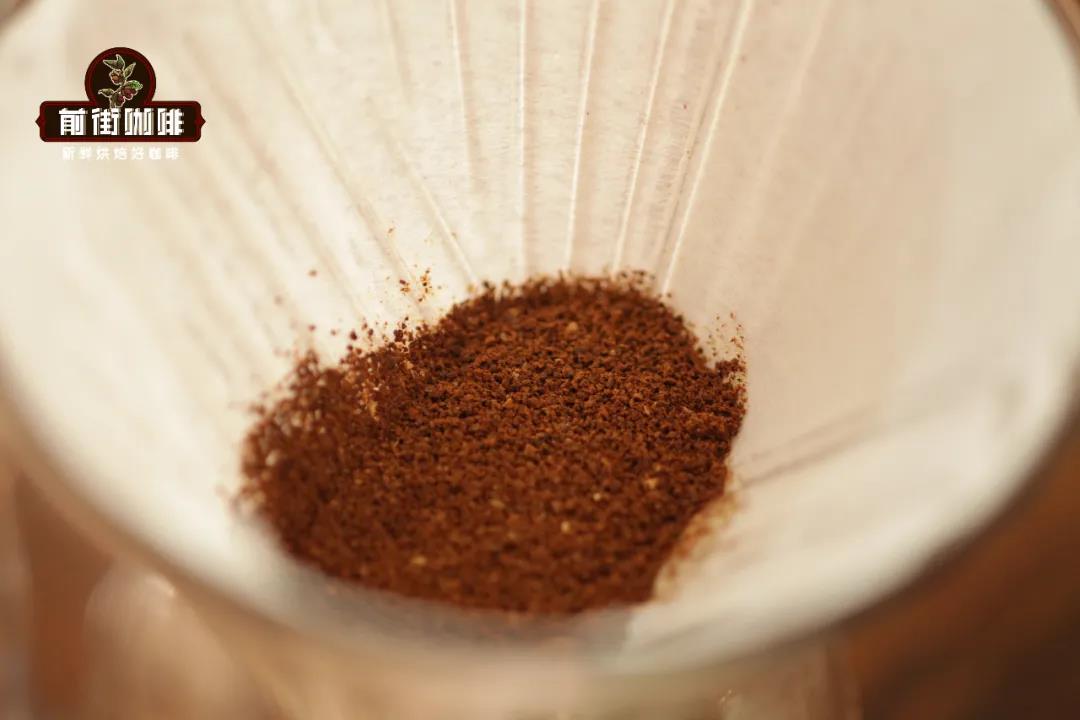
This time, Costa Rican musician series Mozart coffee beans are used. Brewing parameters: coffee powder 15g, powder-water ratio 1:15, grindness 0.85mm sieve pass rate 75%, water temperature 90 ℃. (PS: remember to preheat all the utensils before brewing coffee.)
Group A: 15 g water was injected and steamed for 30 seconds. Coffee flavor: fermented aroma, grape acidity, overall insipid, lack of aroma, poor cleanliness, woody taste after cooling.
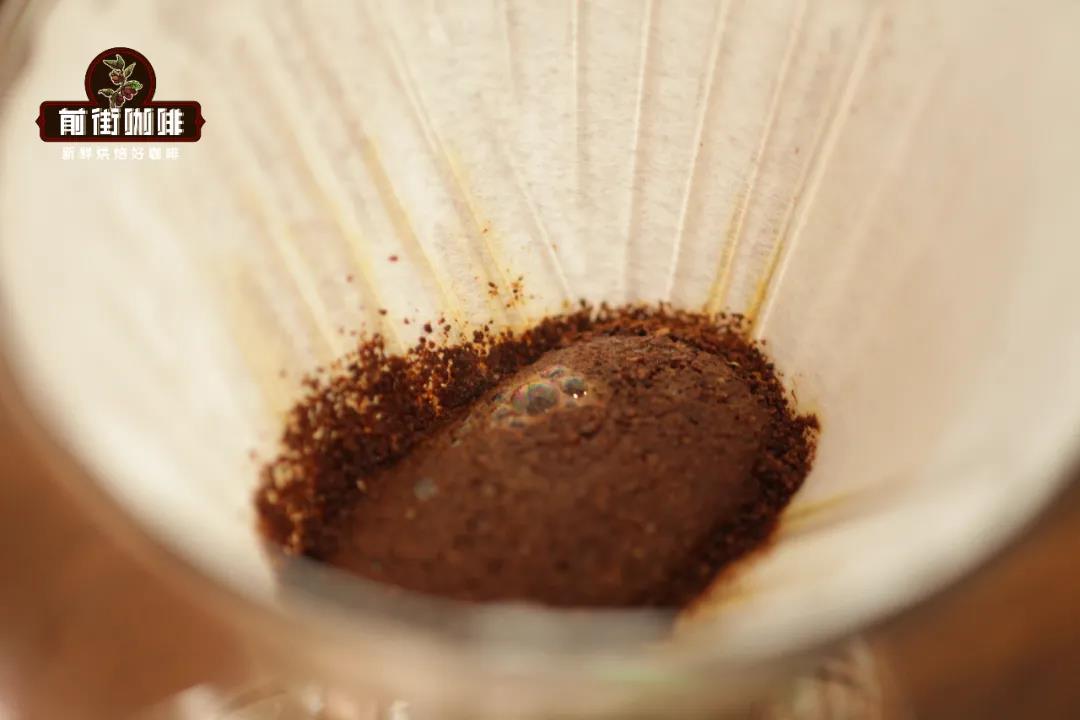
Group B: 30 g of water was injected for 30 seconds. Coffee flavor: raisin fermented, berry-like sweet and sour, orange blossom aroma, pineapple sweet and sour finish, obvious aroma, smooth taste, overall balance.

Group C: 60 g of water was injected for 30 seconds. Coffee flavor: slightly fermented aroma and grape acid, lack of aroma, general cleanliness, insipid flavor.
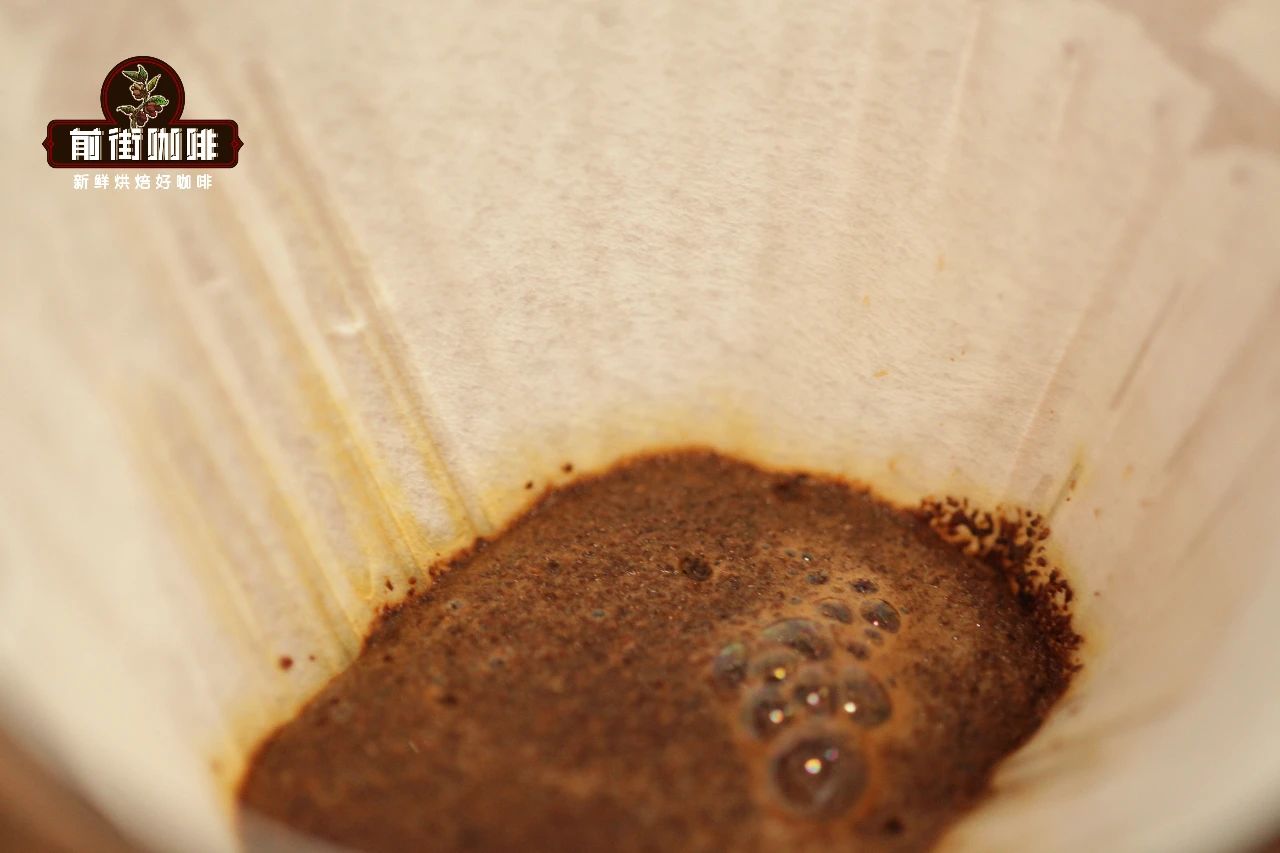
After comparing the three groups, Qianjie thought that group A had too little steaming water, so that the water could not come into contact with coffee powder evenly. Some coffee powder is in the exhaust and extraction state, while some coffee powder is still dry and unable to exhaust, resulting in poor overall cleanliness, lack of flavor and woody taste. In group C, too much steaming water, coffee powder layer depression, most of the water only slightly through the coffee powder layer to flow out, did not achieve the effect of extraction, so as to dilute the concentration of the whole cup of coffee, the whole coffee appears dull.
Small summary
It can be seen from the experiment that it is most appropriate to use twice the amount of coffee powder when steaming. At this time, some friends will ask, "will it make a difference if I steam 15g coffee powder by a little more than 30g?"
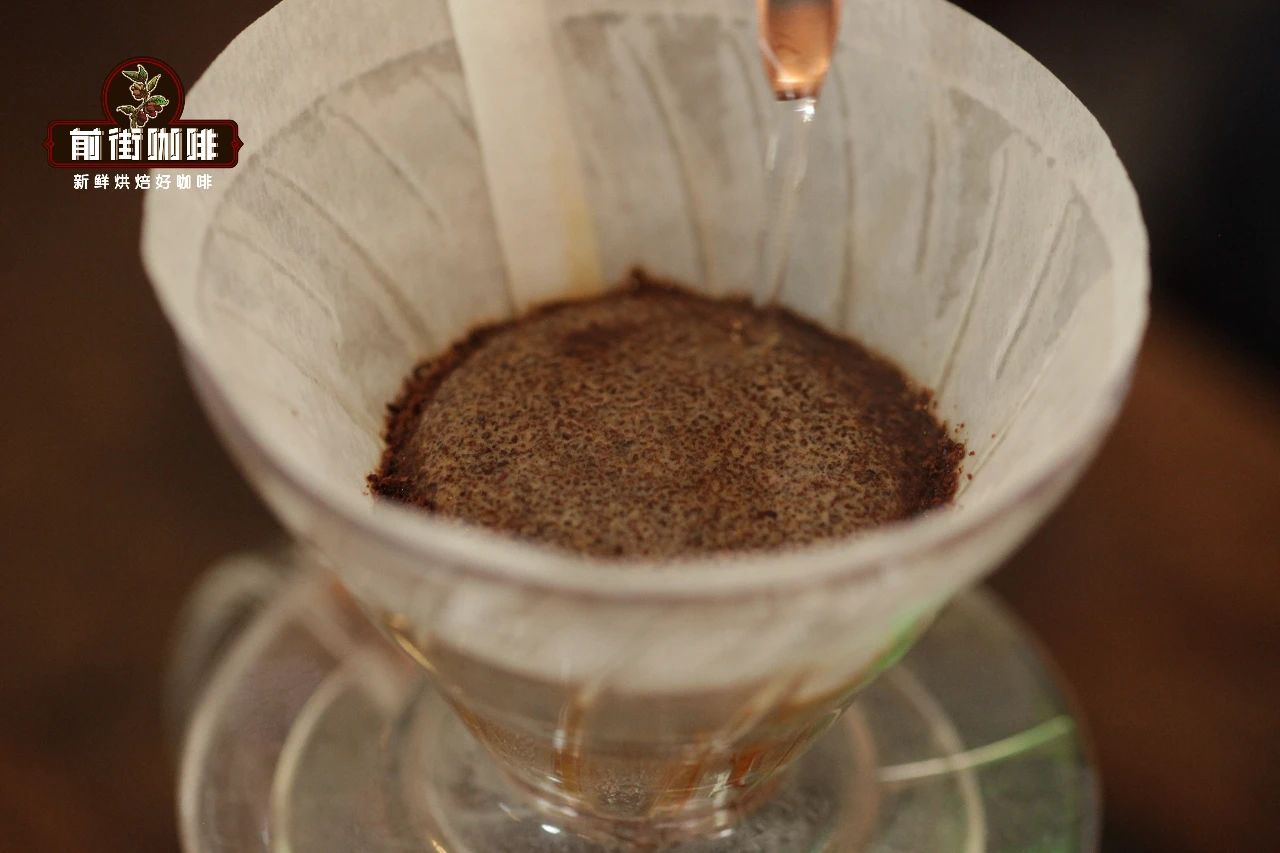
In general, the amount of steaming water can evenly wet the coffee powder without a large amount of coffee liquid dripping. With the degree of roasting, freshness and variety of coffee beans, the degree of water absorption of coffee powder will change. Of course, this little bit can not be too much, the amount of water injected into 30g-40g when steaming 15g coffee powder is OK.
For more boutique coffee beans, please add private Qianjie coffee on Wechat. WeChat account: kaixinguoguo0925
Important Notice :
前街咖啡 FrontStreet Coffee has moved to new addredd:
FrontStreet Coffee Address: 315,Donghua East Road,GuangZhou
Tel:020 38364473
- Prev
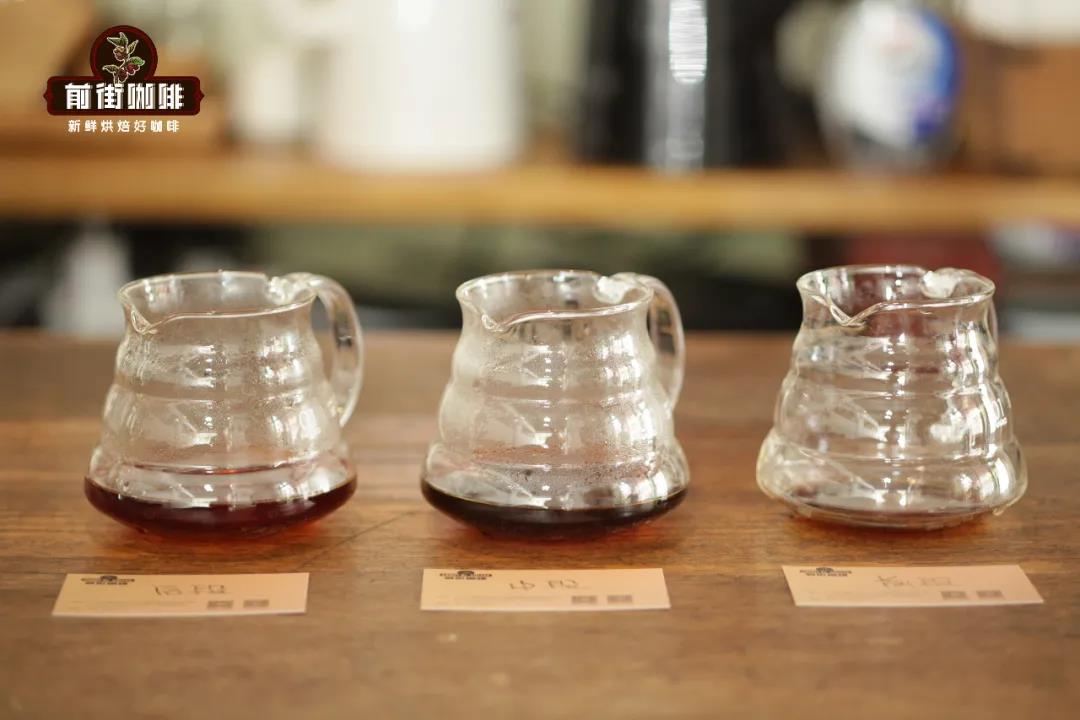
Coffee brewing technique suitable for beginners how to improve the hierarchical sense of coffee by segmented extraction of hand-brewed coffee
Professional coffee knowledge exchange more coffee bean information Please pay attention to the coffee workshop (Wechat official account cafe_style) guided reading segmented extraction is a relatively common brewing method, Qianjie will use three-stage extraction in daily production, in order to enhance the sense of layering of coffee. So which flavors of coffee are extracted by each stage of the three-stage extraction? Why segmented extraction
- Next
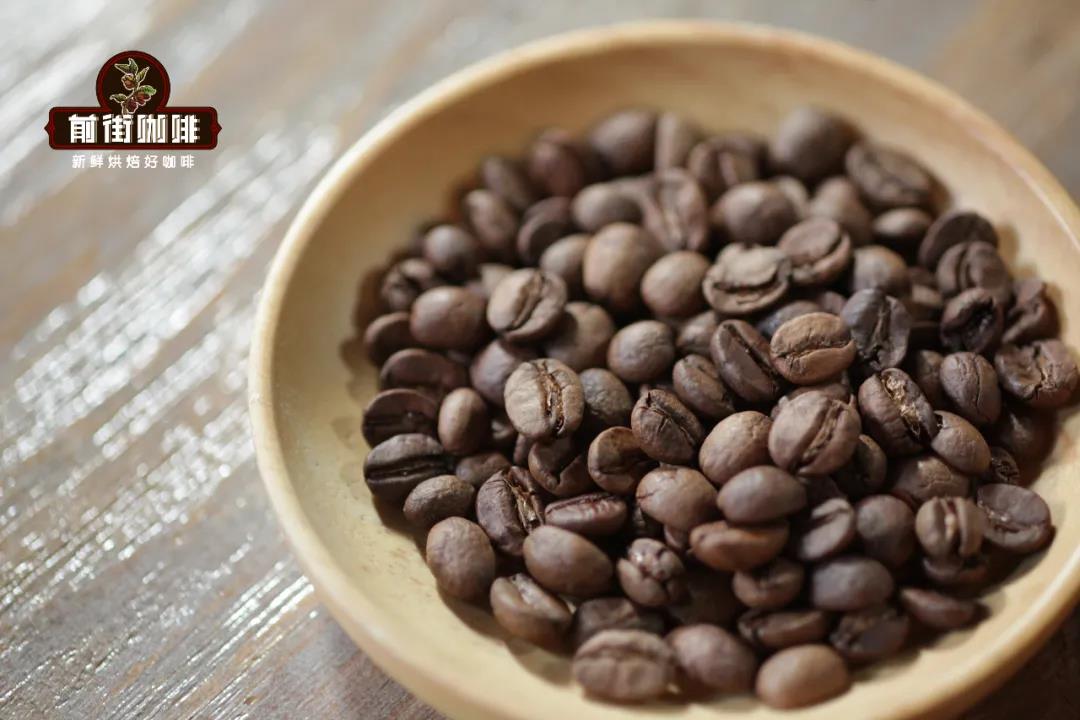
Costa Rican Stonehenge Manor anaerobic heavy Black Honey treatment Coffee Bean Water temperature Grinding degree Powder Water ratio
Professional coffee knowledge exchange more coffee bean information please follow the coffee workshop (Wechat official account cafe_style) Costa Rica Stonehenge Manor Blueberry Coffee Bean production area: Costa Rica Bronka Manor: Stonehenge Manor altitude: 1500-1700m treatment: anaerobic heavy honey treatment varieties: bourbon, Kaduai grade: SHB introduction to coffee beans introduced from Cuba in 1729
Related
- Beginners will see the "Coffee pull flower" guide!
- What is the difference between ice blog purified milk and ordinary milk coffee?
- Why is the Philippines the largest producer of crops in Liberia?
- For coffee extraction, should the fine powder be retained?
- How does extracted espresso fill pressed powder? How much strength does it take to press the powder?
- How to make jasmine cold extract coffee? Is the jasmine + latte good?
- Will this little toy really make the coffee taste better? How does Lily Drip affect coffee extraction?
- Will the action of slapping the filter cup also affect coffee extraction?
- What's the difference between powder-to-water ratio and powder-to-liquid ratio?
- What is the Ethiopian local species? What does it have to do with Heirloom native species?

